Community solar provider Nexamp entered a novel agreement with utilities Central Maine Power in Maine and National Grid in Massachusetts to self-perform interconnection construction required to activate three solar projects.
Nexamp said self-performance of interconnection work allows developers to perform grid modifications and infrastructure upgrades to reduce the time and cost to connect projects to the grid. The work is typically performed by electric utilities, but lengthy studies can delay projects, sometimes for years. Interconnection delays and cost sharing issues are common in the United States, and New England is no exception.
Interconnection work can include building local transmission lines, substations, point-of-interconnection devices, transformers and line enhancements as well as civil construction like trenching, directional drilling and concrete pads.
Nexamp said it and its contractors worked closely with engineers and project managers from Central Maine Power and National Grid on each project, ensuring that all technical specifications and requirements were met to maintain the attention to safety and reliability.
The projects included:
- Hartland Solar, a 1.2 MW DC solar farm in Hartland, Maine
- Barre Road Solar, a 1.3 MW DC solar farm in New Braintree, Massachusetts
- Summit Farm Solar, a 2.6 MW DC solar farm in New Braintree, Massachusetts
Nexamp said it was able to directly negotiate better pricing and delivery times with existing supplier relationships. The company said it orders much of the same utility-required hardware for its own facility in bulk, and if an expedited shipment is needed, the company can go to the supplier directly.
“The results are greater visibility, control, and certainty to drive shorter interconnection timelines, create opportunities to save costs, and reduce burden on utilities,” said Daniel Passarello, lead consulting engineer, Nexamp.
The Solar Energy Industries Association (SEIA) estimates that nearly 8 GW of community solar had been installed in the United States through the end of 2024, which it expects to almost double in the next five years.
“Self-performance is one of several innovative approaches that can accelerate project timelines and lower costs,” said Sara Birmingham, vice president of state affairs, SEIA.
Another approach to improving project economics and timelines is implementing flexible interconnection. Nexamp worked with the Solar and Storage Industries Institute to release a report on the benefits of flexible interconnection.
Flexible interconnection is a suite of different tools that optimize project injections based on grid conditions. These tools range from fixed project import export limits, to distributed energy resource management systems that monitor real-time grid conditions and automatically curtail community solar project output when certain operational thresholds are reached.
The study found flexible interconnection can boost certain community solar projects’ revenues by as much as 176% when compared to a conventional interconnected project.
Nexamp said these two process improvements can help businesses hurdle the two biggest challenges with interconnection: timelines and cost.
This content is protected by copyright and may not be reused. If you want to cooperate with us and would like to reuse some of our content, please contact: editors@pv-magazine.com.
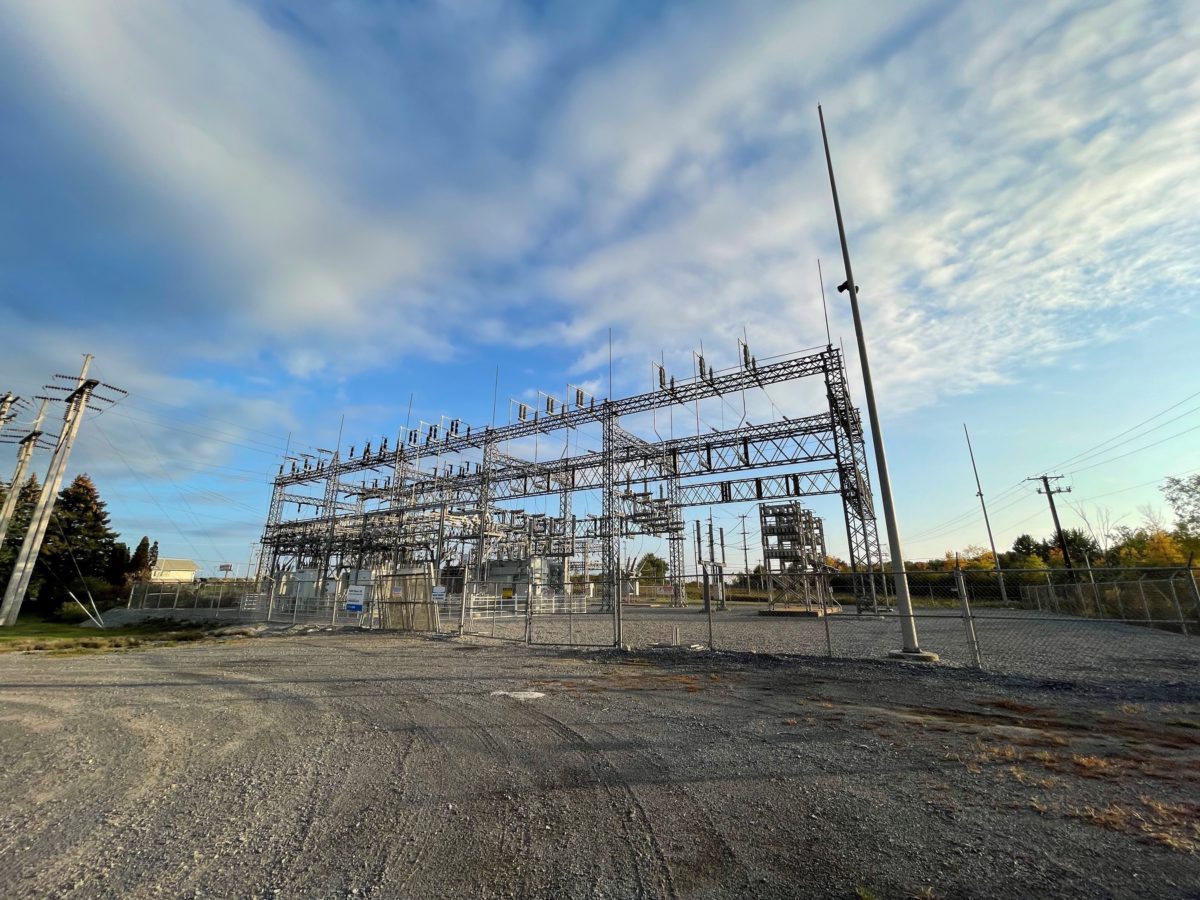
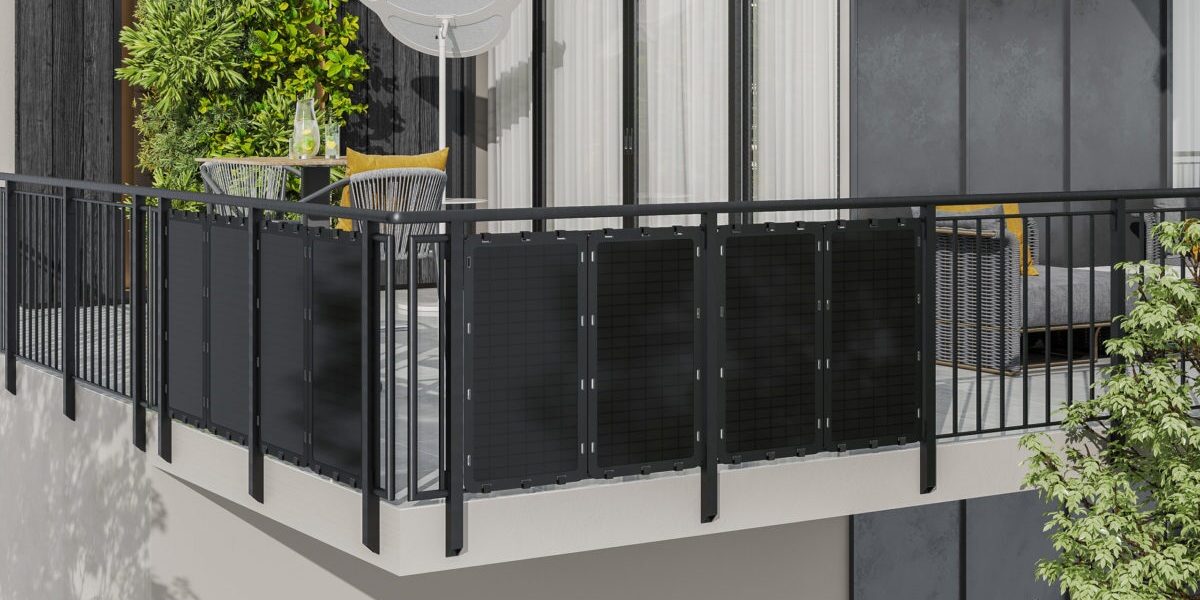



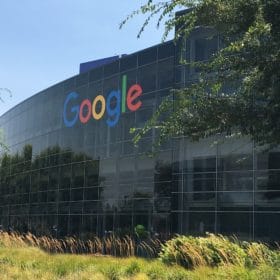
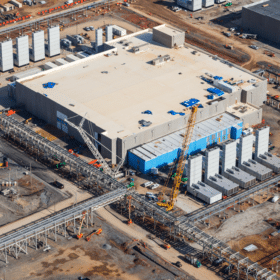
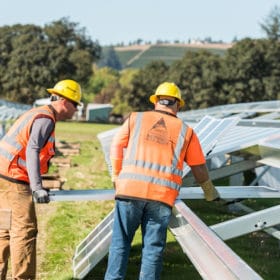

If we hope to accelerate the pace of US energy transition, along with the rest of the world, we’d better start installing more solar canopies +on-site BESS +Level 2 chargers, behind the meter, shading large hot asphalt parking lots everywhere, within 5 years, like France has mandated.